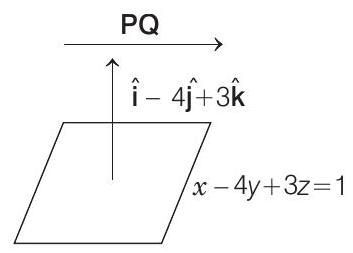3D Geometry 3 Question 46
46. If
(2009)
(a)
(b)
(c)
(d)
Show Answer
Answer:
Correct Answer: 46. (c)
Solution:
- Given,
[where,

Now,






